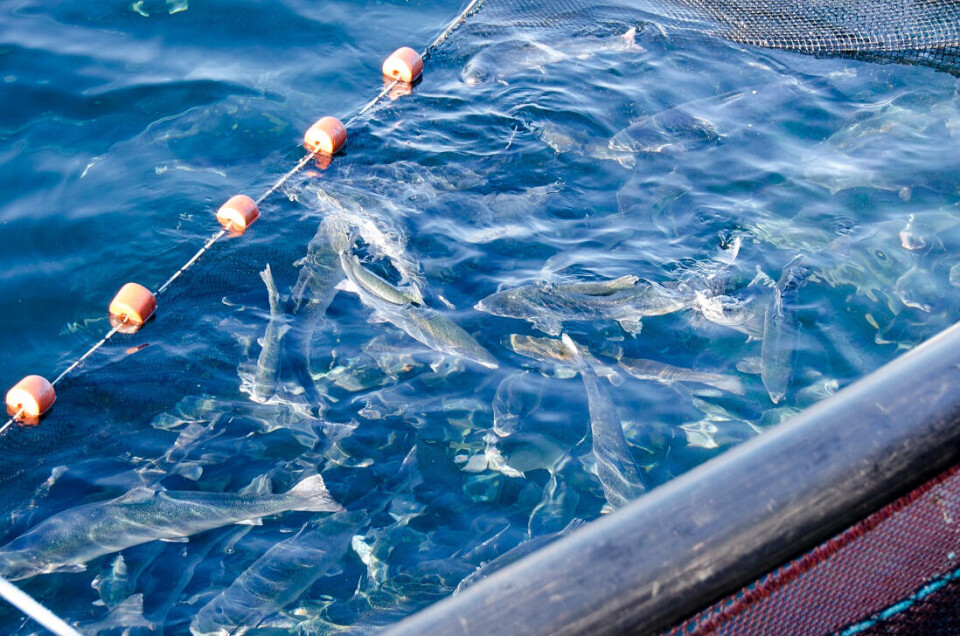THIS ARTICLE/PRESS RELEASE IS PAID FOR AND PRESENTED BY NTNU Norwegian University of Science and Technology - read more

Parasites affect salmon in several ways
When salmon ingest parasites, the parasite may not be the only factor that determines the impact on the health of the fish.
As we know, our genes can greatly affect our health. We can inherit genetic disorders and defects as well as positive traits from our parents. But our genes are not the only players contributing to our health.

Our bodies also contain bacteria, fungi, viruses and other microorganisms, which in turn have their own sets of genes.
These microorganisms are called the microbiota. Most of them are completely harmless, and a lot of them are even useful and necessary. Together the microbiota and their genes form a microbiome. These can also affect our health.
You don’t need to learn this, but the microbiota genes and our own are known as a hologenome, and together we and they form a holobiont.
However, the story may not end there. During a parasite infection, things get a little more complicated.
Parasite microbiome affects the host
We – and other living beings – may contain parasites that exploit their host.
The parasites’ own microbiome – that is, everything that lives inside the parasites – sometimes also plays a role in the host’s health, according to research findings from the NTNU University Museum.
“We investigated the microbiome of the tapeworm Eubothrium and the effect that this microbiome has on the farmed salmon it infests,” says Jaelle C. Brealey, a postdoctoral fellow at NTNU’s Department of Natural History.
The results are startling.

“The tapeworm has a microbiome that is distinct from the microbiome in the salmon,” says Dr. Brealey.
In biologists’ terms, this means that the tapeworm is likely a separate holobiont that lives inside another holobiont, namely the salmon and its microbiome.
This means that the different fungi, viruses and bacteria in the tapeworm could interact with the fungi, viruses and bacteria in the salmon. But how this might happen is currently unclear.
Understanding the significance of the parasite microbiome

“We’re gradually beginning to understand the importance of the microbiome in the parasites,” says Dr. Brealey.
Understanding how the parasite’s microbiome affects the health of its host is one of the researchers’ priorities. But this research is only in the very early stages.
“Overall, little microbiome research has been done on parasitic worms in general, and tapeworms in particular. This is despite the fact that they pose a major health problem, not only for fish, but also for other species like humans,” says Brealey.
The study expands our understanding of a topic that is not only important for the salmon aquaculture industry. It also gives us general information about how parasites and their hosts interact. This knowledge could prove useful in other contexts as well.

Reference:
Brealey et al. Microbiome "Inception": an Intestinal Cestode Shapes a Hierarchy of Microbial Communities Nested within the Host, mBio, 2022. https://doi.org/10.1128/mbio.00679-22
See more content from NTNU:
-
Why are pregnant women in Norway so worried?
-
Politics on Facebook: Populist parties choose divisive issues on purpose
-
Social media is connected to cyberbullying – but not how we thought
-
Forskere ved NTNU får nesten 24 millioner av EU for å lage nye strømomformere
-
This helps the youngest children enjoy school more
-
Can we tap the ocean’s power to capture carbon?





































